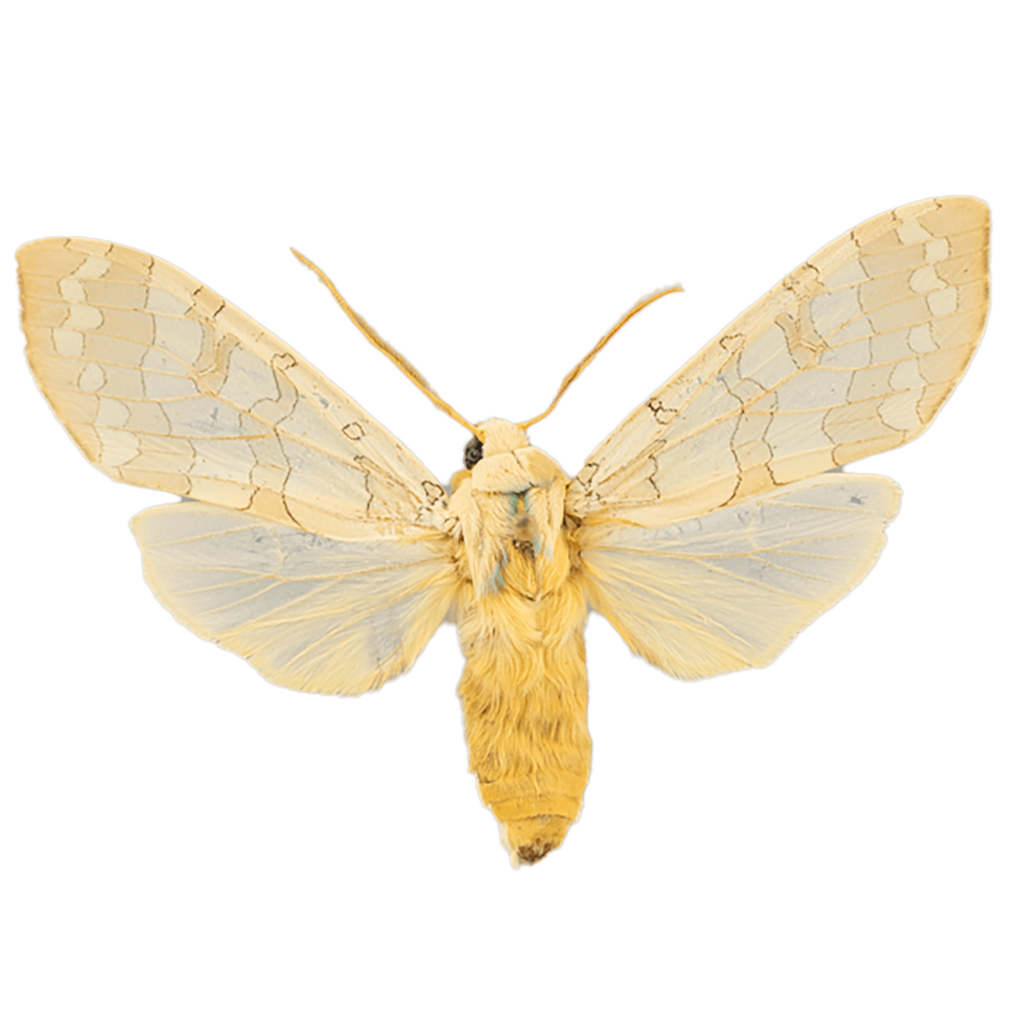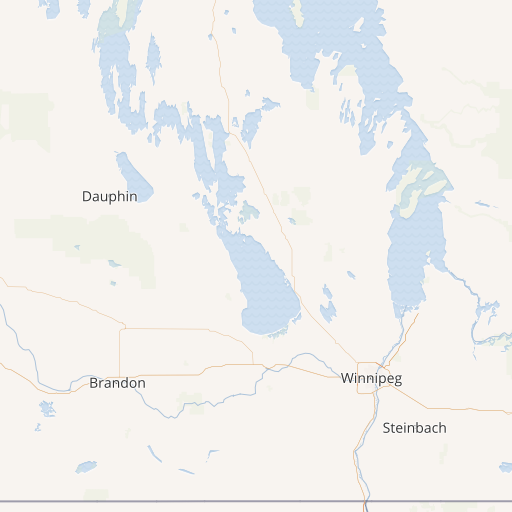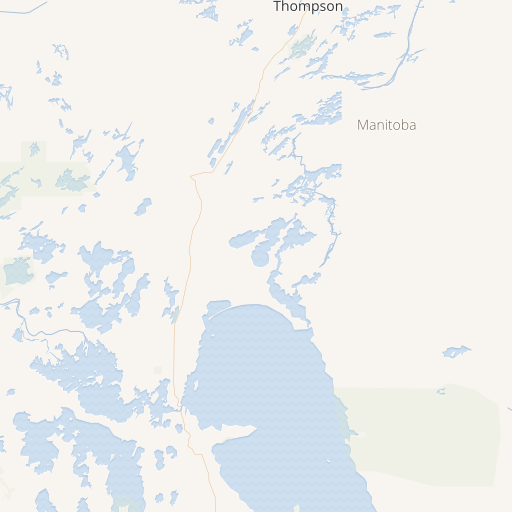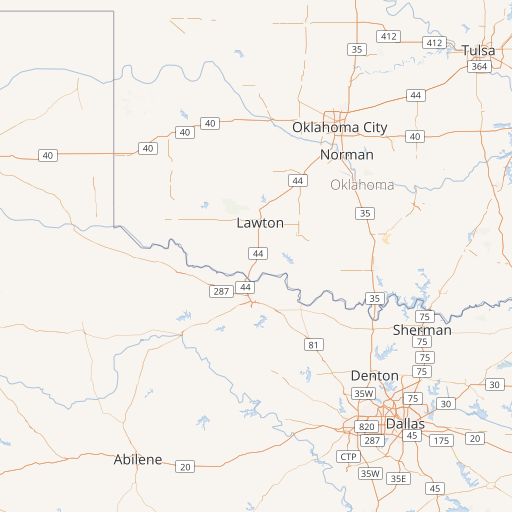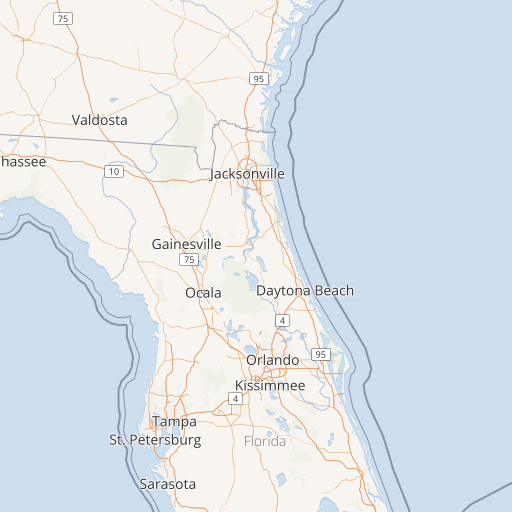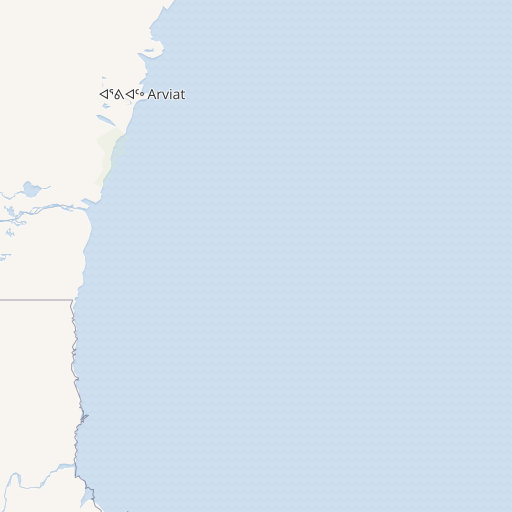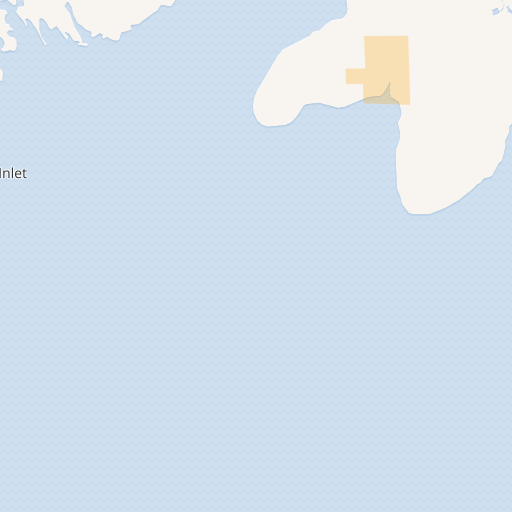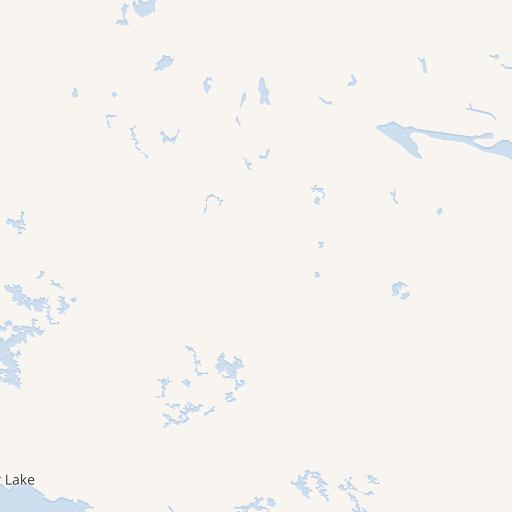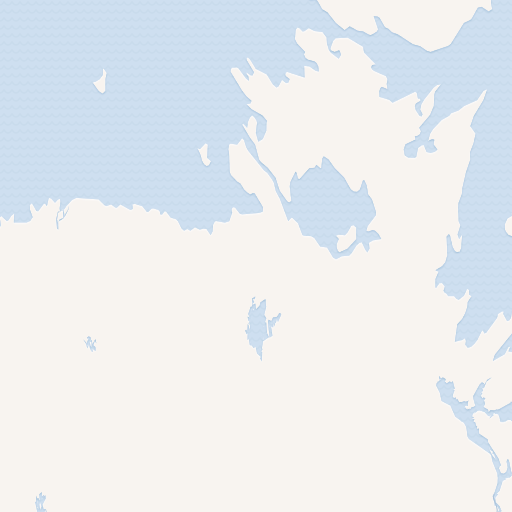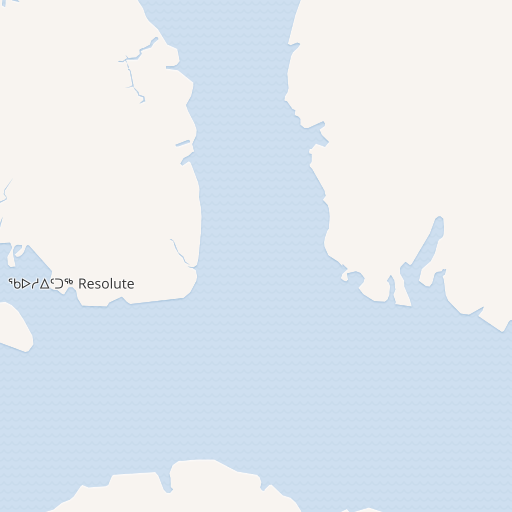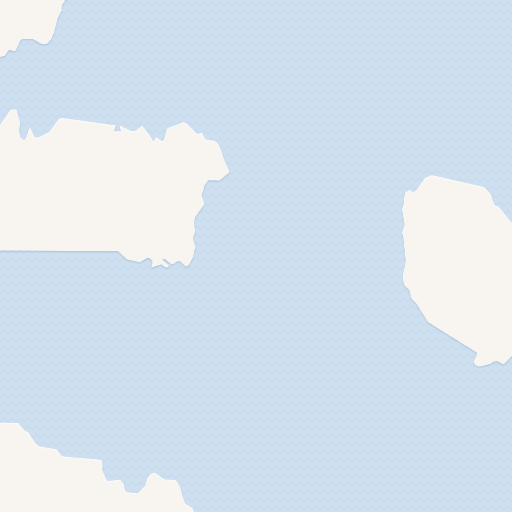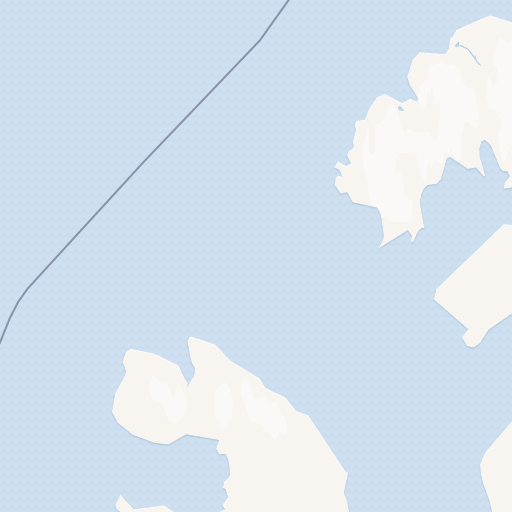About
The Banded Tussock Moth (Halysidota tessellaris) is a striking and distinctive insect belonging to the Erebidae family. This moth species is commonly found in North America, particularly in the eastern and central regions. Its appearance is characterized by its medium-sized body, vibrant colors, and distinct banding pattern on its wings. The adult moths are typically active during the summer months.
However, it is the larval stage of the Banded Tussock Moth that garners attention due to its peculiar appearance. The caterpillars exhibit a fascinating tufted and banded appearance, adorned with dense black setae and a series of brightly colored tufts, which serve as a warning signal to potential predators. The setae appear to resemble dense, feathery hair on the caterpillar. While the moth itself plays a vital role in the ecosystem as a pollinator, the larval stage can sometimes be considered a pest due to its voracious appetite for foliage, particularly on deciduous trees and shrubs. Despite this, the Banded Tussock Moth remains an intriguing and important species in the ecological tapestry of North America.
Deciduous woodlands

